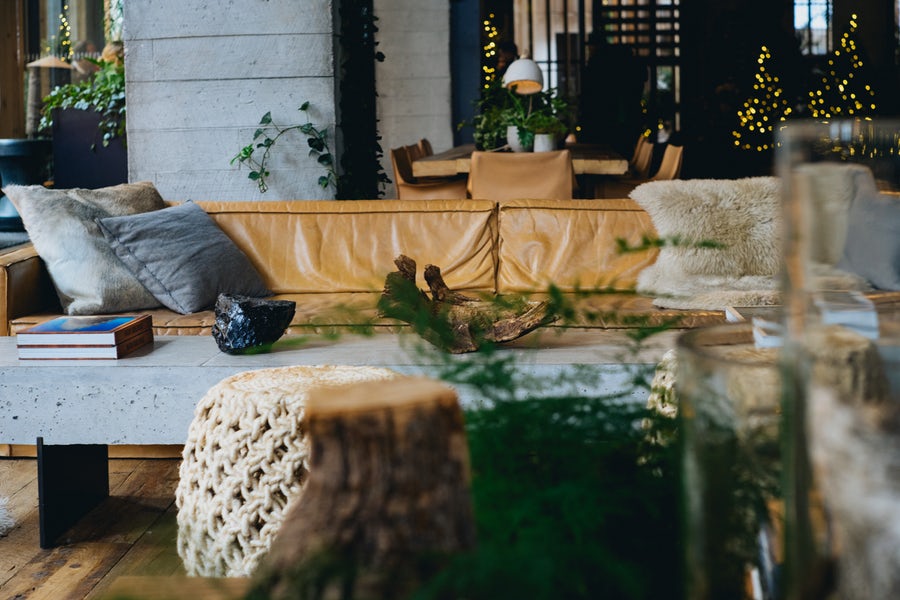Personalized Home Design is Killing the Cookie Cutter Trend
Custom home design has always been around, but it is becoming more popular amongst people for various reasons. This means that builders, especially those just starting in the industry, need to be versatile to meet demand.
TU points out that only 21 percent of those who receive their construction certification like the certificate IV in building and construction continue their education. This percentage is admirable, but the rise of custom home design may push that percentage higher.
One reason home design is rising could be the reality that many homeowners admit to being unhappy with the way their home looks. There are several factors that contribute to this unhappiness but, for the most part, these homeowners find that the attributes of their new homes do not match their needs.
Part of what makes custom design a popular option is because homebuyers can add features that match their lifestyle. It is easy to see why pre-designed homes may not always fit each person perfectly since everyone’s tastes and needs are different. This home construction trend is also fueling another trend that is dismantling the cookie-cutter home design.
The cookie cutter design has been the norm for quite some time, especially with baby boomers, and it makes sense why this look became popular. Builders are able to make more money if they have pre-designed homes they can build quickly so they can move on to the next job. This is not to say that builders who rely on customized home designs will not be making as much as these other builders.
Homes that are designed by the homebuyer actually cost more to build, so the construction worker will likely earn more. TU says that the medium startup salary for construction graduates is 71,900, and that number probably reflects builders working on cookie cutter homes instead of the rising customized home.
People who design their own homes add features that fit their lifestyle and are given the opportunity to create a functional home. Cookie cutter homes cannot predict where homes are going to be built, making it harder to know how the house is going to deal with extreme weather conditions. A self-designed home can address some of these issues like roofing style to help avoid wind damage or improper insulation that could help keep a home cooler or warmer given the homebuyer’s needs.
It should be pointed out that many younger homebuyers do not seem to want the cookie-cutter look. This makes it harder to sell a home that looks dated when the time comes. Customized homes usually have the kind of features that younger homebuyers are interested in, such as eco-friendly features and out-of-the-box aesthetics, which attracts buyers. This means that people who decide to have their builders erect these types of homes may have a better chance of getting their asking price when it comes time to sell.
Another reason this trend could be rising may be due to the Internet’s ability to help homebuyers realize their dream.
A homebuyer can use e-design platforms to help them figure out floorplans and overall attributes their home could have. These platforms may suggest little touches to improve a home that homebuyers may not know, making it easier to design a home without resorting to pre-designed homes. This change is not too surprising, especially because most online users are getting used to the idea of full personalization when it comes the products or services they purchase.
There is no telling how far this trend is going to go or the kind of changes it may make to the home construction market, but it seems that this trend is changing things for good. General contractors, builders, architects, and engineers all need to be paying attention to this trend in order to stay versatile and meet these new demands.

